
__
The Jardín Ramón López Velarde is a Mexico City park. Often overlooked, it’s enormous in size and significance. The park’s story remains a fascinating record of the 20th-century City. Named for the “National Poet” of Mexico, Ramón López Velarde lived the final three years of his life in a nearby building which is today a museum in his honor. You can read more about his legacy here.
With the drainage and drying of Lake Texcoco, the site of today’s park began as the still swampy Panteón de la Piedad, i.e.; Cemetery of Piety. This was closed to interments in 1905. But in fact, López Velarde is known to have frequently, even regularly, walked the cemetery. As a poet, his appetites were, if not excusable, at least widely understood. Thus, his walks may not have been entirely innocent.
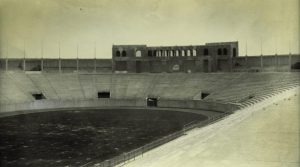
López Velarde died in 1921. Soon after, the gentle fields of his walks were to disappear, too. José Vasconcelos was by then a rising public intellectual. The former rector of the National University, he’d moved on to be the Secretary of Public Education.
Vasconcelos was simultaneously championing the deceased poet’s revolutionary-era writings and convincing President Álvaro Obregón to expropriate the entire cemetery plot. Working with the architect, José Villagrán García, construction began on an enormous Greek and Roman-inspired stadium. Vasconcelos decided that the stadium must recall the Panathinaikó, where the first modern Olympiad had been held. Construction began in 1923 and by 1924, the President officiated over the opening the new National Stadium.
A mere glimpse of the stadium helps one to understand much of the sculpture and architecture of the period, if not the entirety of the mid-20th century in Mexico. The sometimes baffling Monument to the Mexican Revolution would not be finished for another 14 years, yet the echo still reverberates. It’s evident, too, in the Centro Médico Nacional Siglo XXI complex, just across Avenida Cuautémoc. That complex dates from 1961. Chiefly by Enrique Yáñez, he was another famous functionalist architect to study under Villagran whose most famous works were likely his hospitals (see the Hospital de Jesus).
Work seems to have begun on a giant apartment complex even as the last athletes were leaving the locker rooms. An acolyte of José Villagrán García, Mario Pani’s popularly named Multifamiliar Juárez was nearly complete by 1952.
The press hailed it for its functionalist design and the extensive integration of artwork. And this for an enormous 250,000 square meters of modestly priced housing. The apartment buildings were surrounded with as much garden as Pani could possibly fit in, and he’d even submerged the one cross-street to reduce noise. It had never been done before.
The tragic 1985 earthquakes caused extensive structural damage to many of the buildings. At least 80 people died as several buildings collapsed entirely. The City demolished many more in the months to follow. Nearly all of the artwork, mostly murals, was lost. Only a few of the original buildings, carmine in color, still stand on either side of the Avenida Toluca. If you visit the park, they’re still a solemn reminder of very different times.
Today’s Jardín Ramón López Velarde has served as a few different cemeteries. The very fact of its 1985 renaming should tell you how long the Mexico City memory will continue to serve. Yet, it’s not a solemn place. The 20th century is remembered, even deeply felt here. There’s a small football field, a reflection pool, and basketball courts. The jogging track, exercise and play areas date from renovations that have taken over much of the past decade.
Convenient to Metro Centro Medico, and Metro Hospital General, the park is an important place to understand the Mexico City of the 20th Century. Some will say, like the Javelin Thrower, the lusty poet still roams these very tree-lined lanes casting his verse to the wind.
Sources cited on this page:
Wikicity: Jardín Ramón López Velarde
 https://www.facebook.com/pages/Jard%C3%ADn-Ram%C3%B3n-L%C3%B3pez-Velarde/940747792606470
https://www.facebook.com/pages/Jard%C3%ADn-Ram%C3%B3n-L%C3%B3pez-Velarde/940747792606470

Nearest at 0.14 kms.
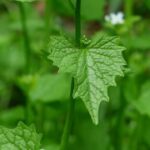
Nearest at 0.23 kms.
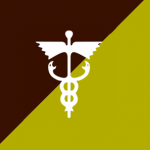
Nearest at 0.25 kms.
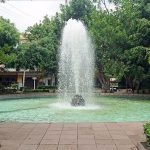
A guide to one of Mexico City's most iconic streets for sightseeing walks and tours . . .
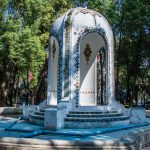
Hipódromo's most stunningly beautiful fountain . . .
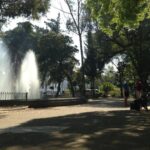
A favored neighborhood plaza and fountain...
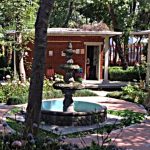
The park of the five fountains, and el Zocalito, it's a wonderful part of Col. Doctores...
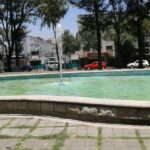
One of the major antiques markets of the Center City.